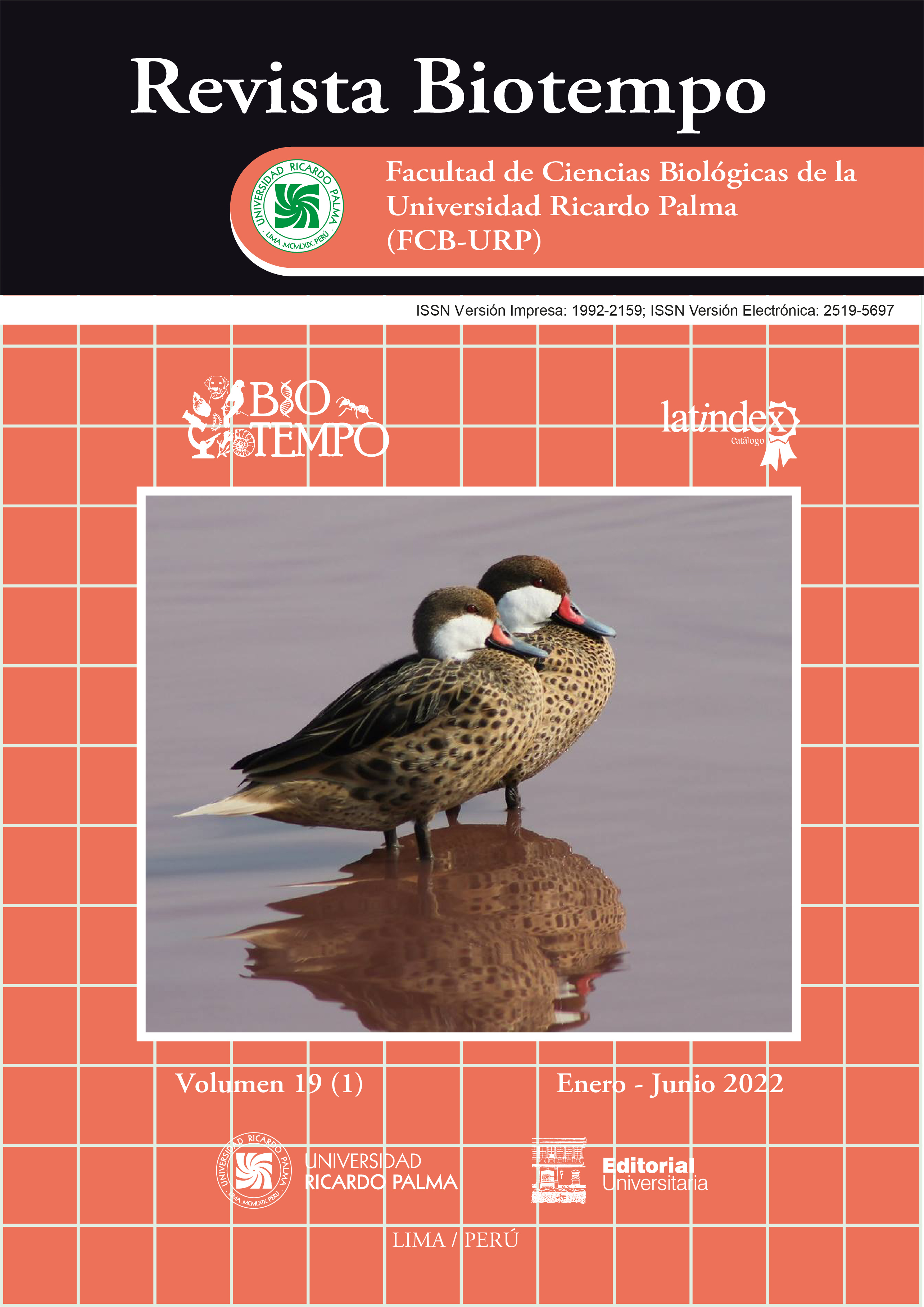IMPLICATIONS OF THE FATTY ACID COMPOSITION OF THE MILKS WE CONSUME ON HEALTH: A REVISION
DOI:
https://doi.org/10.31381/biotempo.v19i1.4815Keywords:
Digestion, fatty acid composition, health effects, milk components, nutrition, total lipidsAbstract
The consumption of milk is widespread in the world and extensive information is found on the effect of its consumption on health. This literature review aimed to collect and organize information on the diff erential composition of fatty acids in the milk of various mammals and show their relationship with human health. The method uses protocols and search criteria (PICOS), to obtain the information and perform the analysis. Th e results highlight the variation of the milk composition according to its animal origin, in the percentage of its macrocomponents (proteins, lipids, carbohydrates), microcomponents (minerals, vitamins) and other bioelements, as well as in the composition of these. The lipid macrocomponent provides the largest source of energy, polyunsaturated fatty acids (PUFAs) and fat-soluble vitamins required by breeding during lactation, being very variable according to the mammal, so its consumption could have diff erent metabolic effects; thus, the benefi ts of polyunsaturated fatty acids will depend on the type, amount and ratio in which omega6:omega3 (1:1) are found; the type of saturated fatty acid and its importance, such as palmitic acid (16C:0), the presence of odd-chain fatty acids (15C:0, 17C:0), or monoaciltriglicerides (sn2) derived from milk digestion. So, we conclude that the scientifi c literature is currently abundant on the subject, achieving a better overview of the eff ects of fatty acids on health, although it is necessary to carry out more specific studies.










